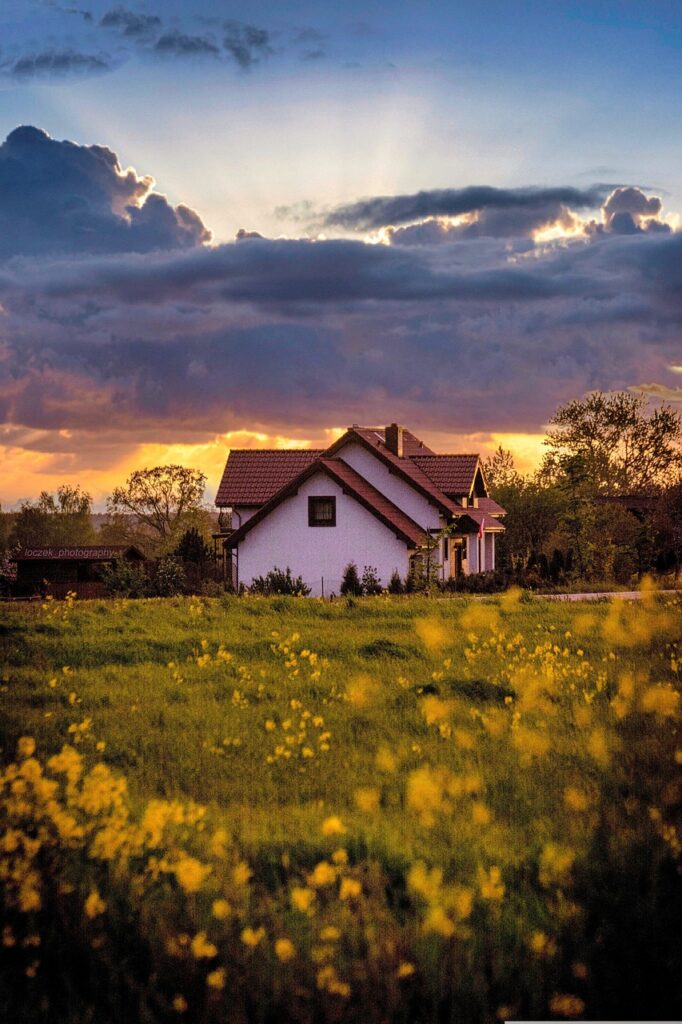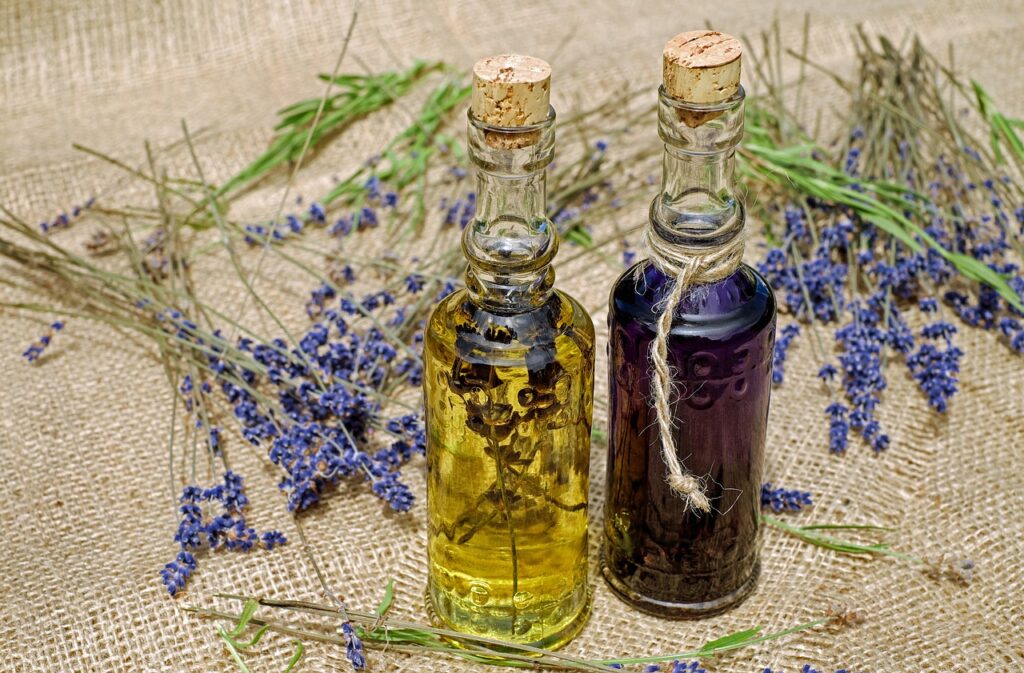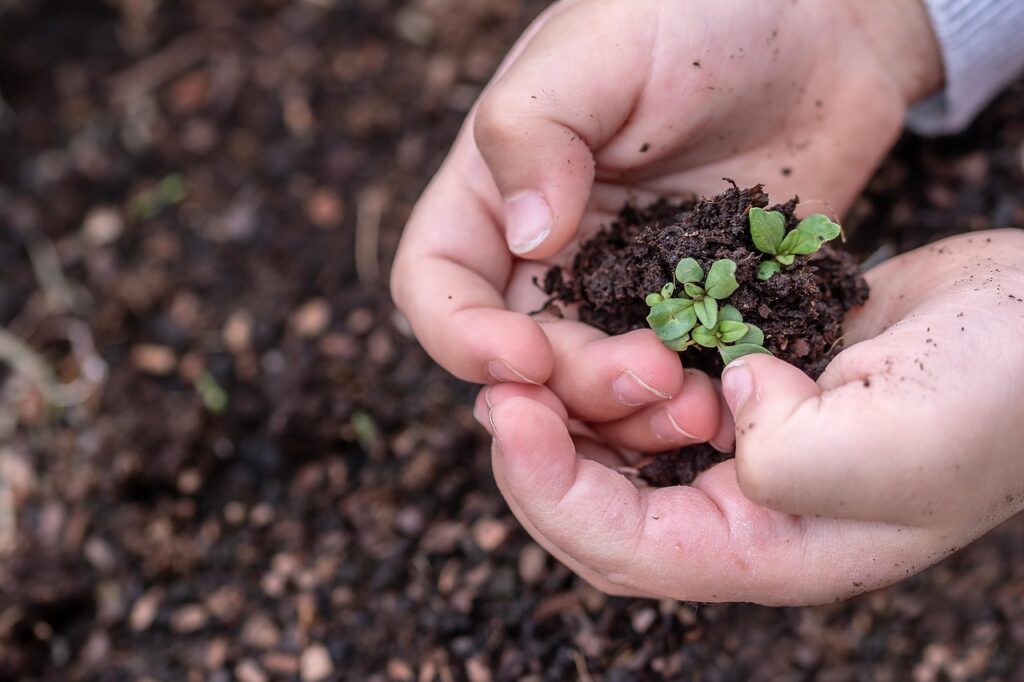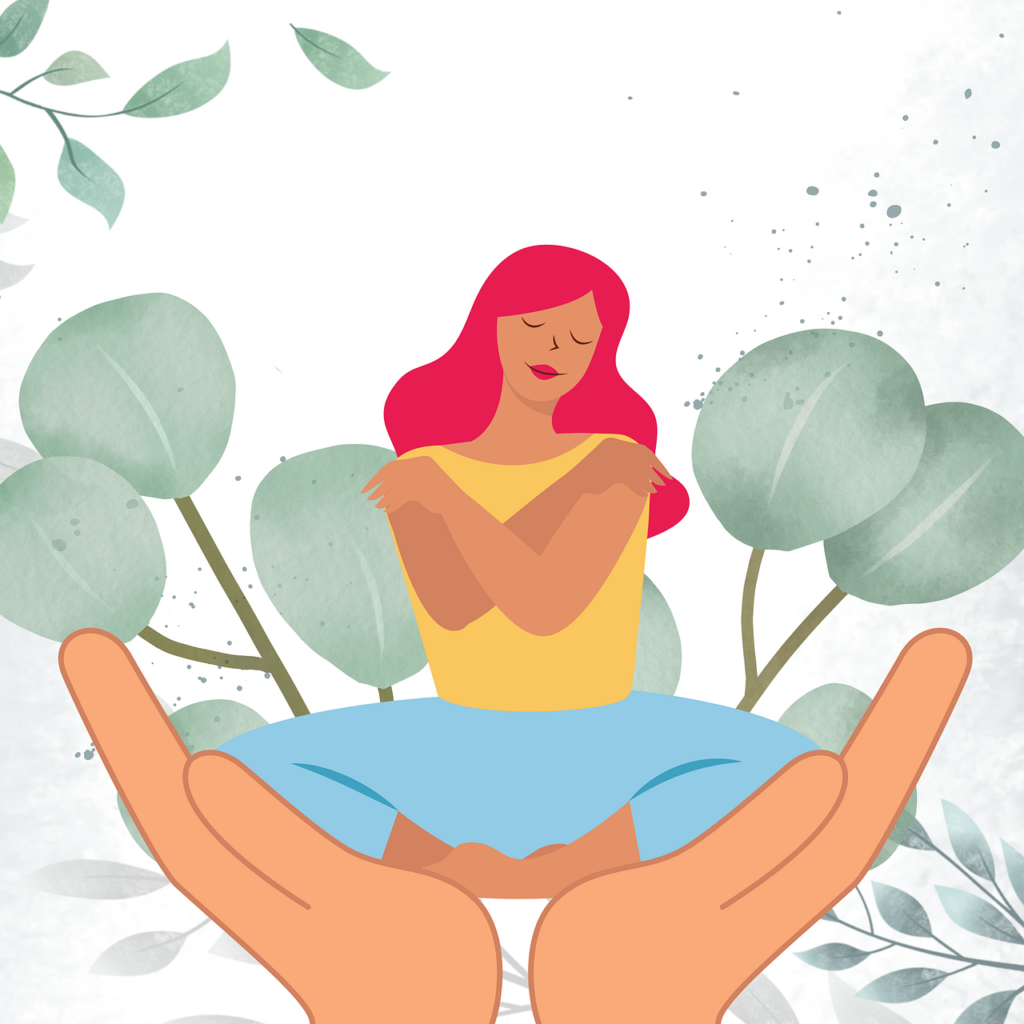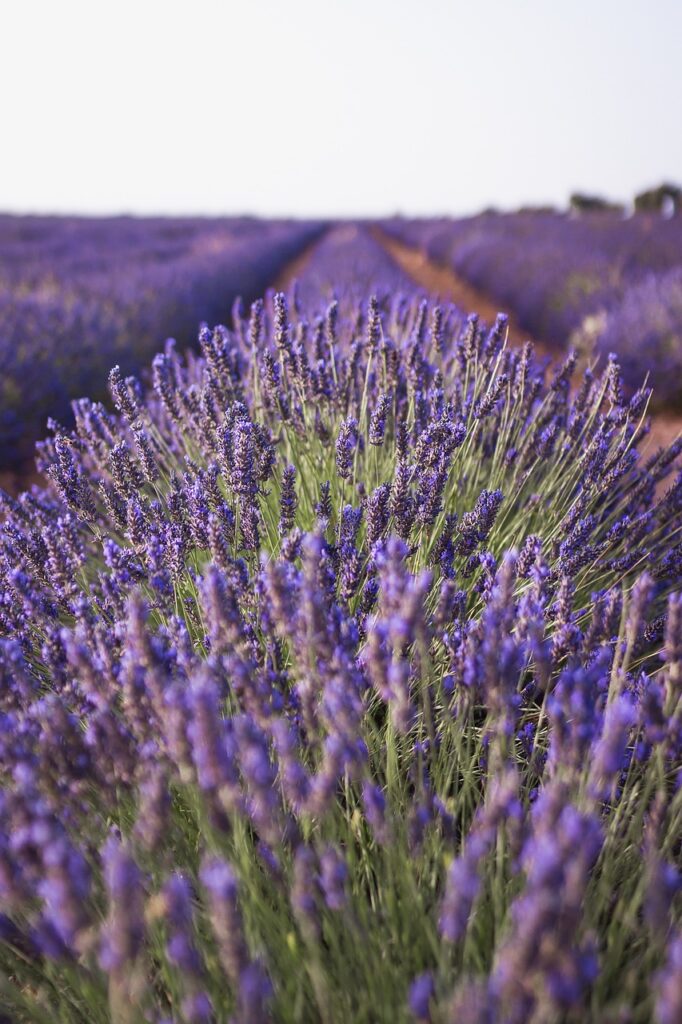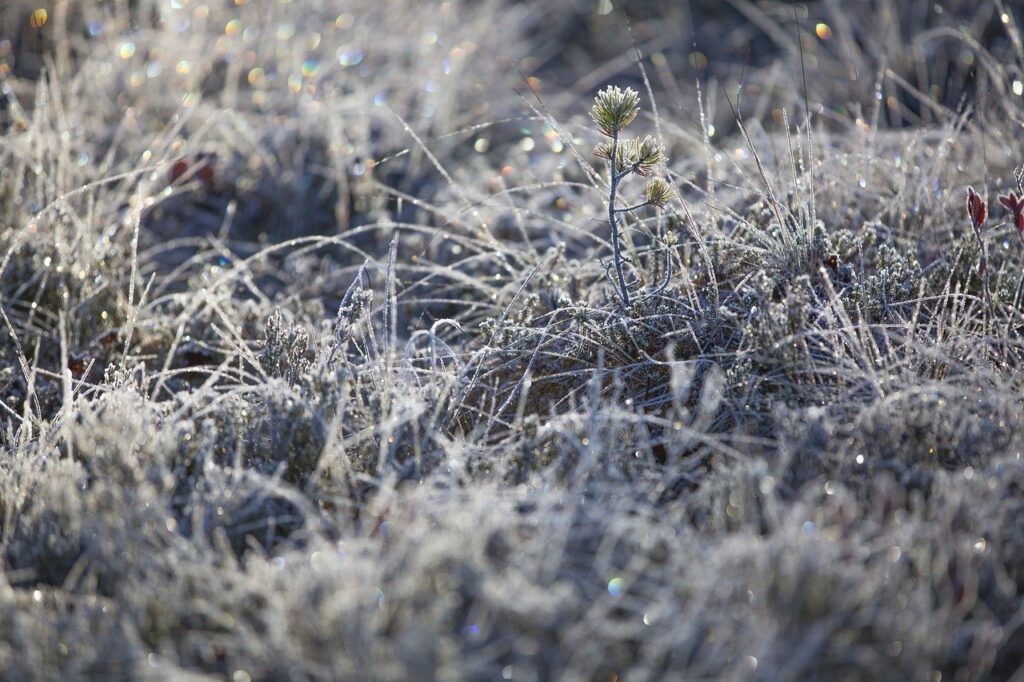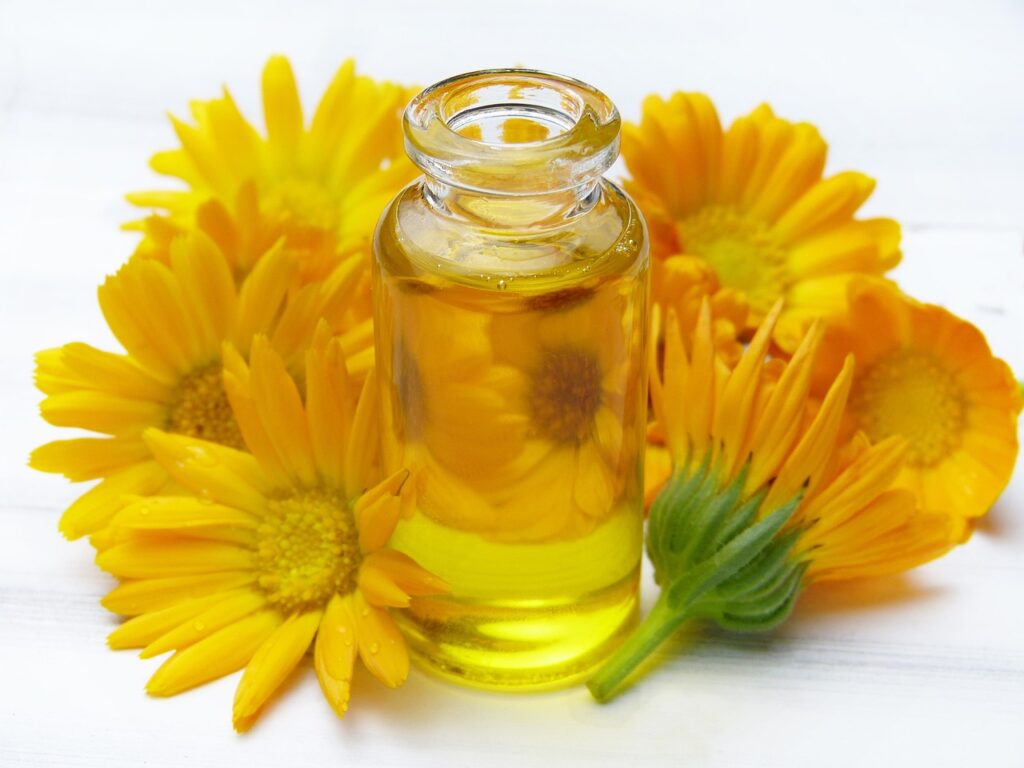A Versatile Infusion for Mind, Body & Home 🌿✨
Rosemary has long been treasured for its aromatic, medicinal, and culinary benefits. Infusing rosemary into oil is a simple yet powerful way to capture its essence and enjoy its many uses in daily life. Whether you’re looking to nourish your hair, soothe sore muscles, or enhance your skincare routine, DIY rosemary oil is a must-have in any holistic wellness collection. In this guide, we’ll walk you through the process of making rosemary oil and explore seven ways to incorporate it into your rituals. 🌱💆♀️

How to Make DIY Rosemary Oil
Creating your own rosemary-infused oil is a rewarding and easy process. Here’s what you’ll need:
Ingredients:
- 1 cup fresh rosemary (or ½ cup dried rosemary) 🌿
- 1 cup carrier oil (such as olive oil, coconut oil, jojoba oil, or sweet almond oil) 🫒🥥
- A clean, dry glass jar with a lid
- A strainer or cheesecloth
- A dark glass bottle for storage (optional)
Instructions:
- If using fresh rosemary, wash and thoroughly dry the sprigs to prevent moisture from causing mold.
- Lightly crush or bruise the rosemary leaves to release their natural oils. 🌱
- Place the rosemary in your clean glass jar and pour the carrier oil over it, ensuring the herb is fully submerged.
- Seal the jar and store it in a warm, sunny spot for 1-2 weeks, shaking it gently every day to encourage infusion. ☀️
- After the infusion period, strain the oil using a fine strainer or cheesecloth, discarding the rosemary.
- Transfer the infused oil to a clean, dark glass bottle for longer shelf life. 🌿
- Store in a cool, dark place, where it will keep for up to six months.
Seven Ways to Use Rosemary Oil
- Nourish & Strengthen Hair 💆♀️
Rosemary oil is known for promoting hair growth, improving scalp health, and reducing dandruff. Massage a few drops into your scalp before showering, or mix it with your shampoo for an extra boost of nourishment. - Soothe Sore Muscles & Joints 🏋️♂️
Thanks to its anti-inflammatory properties, rosemary oil makes an excellent massage oil for relieving muscle tension and joint discomfort. Blend it with a carrier oil and rub onto sore areas after exercise or a long day. - Boost Skincare with Antioxidant Power 🌿✨
Rosemary oil is rich in antioxidants, making it a fantastic addition to facial oils, serums, and body lotions. Mix a few drops into your favorite moisturizer to help reduce puffiness and improve circulation. - Enhance Mental Clarity & Focus 🧘♀️
The invigorating scent of rosemary can help sharpen focus and reduce mental fatigue. Add a few drops to a diffuser or inhale directly from the bottle during study sessions or meditation. - Create a Natural Insect Repellent 🦟🚫
Rosemary’s strong herbal scent naturally repels mosquitoes and other pests. Blend rosemary oil with water and witch hazel in a spray bottle for an all-natural bug repellent. - Revitalize Bath & Body Rituals 🛁
Elevate your self-care routine by adding rosemary oil to bath water for a soothing soak. It also pairs beautifully with Epsom salts for a detoxifying and relaxing bath experience. - Infuse Homemade Cleaning Products 🏡
Rosemary’s antibacterial properties make it a great addition to DIY cleaning sprays. Mix rosemary oil with vinegar and water for a fresh-smelling, non-toxic cleaner that disinfects naturally.
Making your own rosemary oil is a simple yet rewarding way to harness the many benefits of this cherished herb. Whether you’re using it for hair care, relaxation, or even home cleaning, this versatile infusion is a staple for any holistic lifestyle.
Have you tried making rosemary oil before? Share your favorite ways to use it in the comments below! 🌿💚


